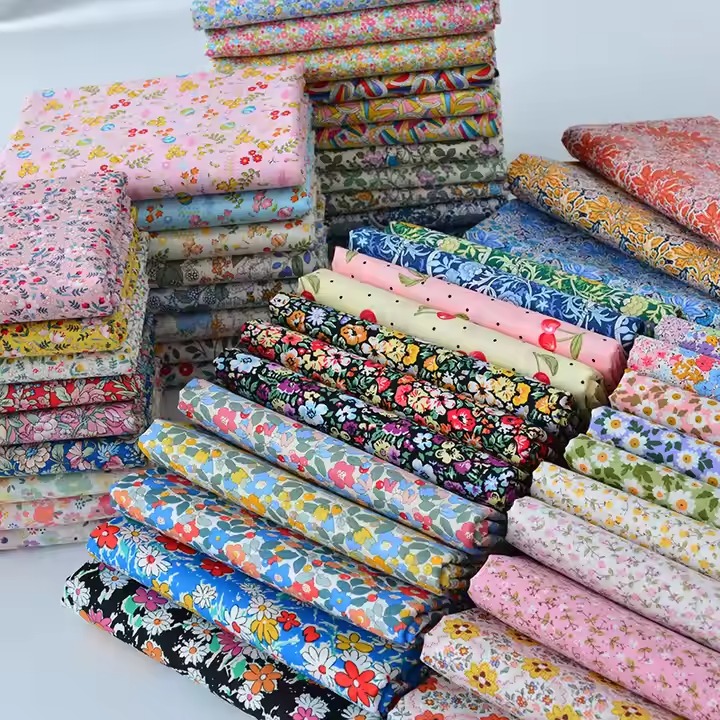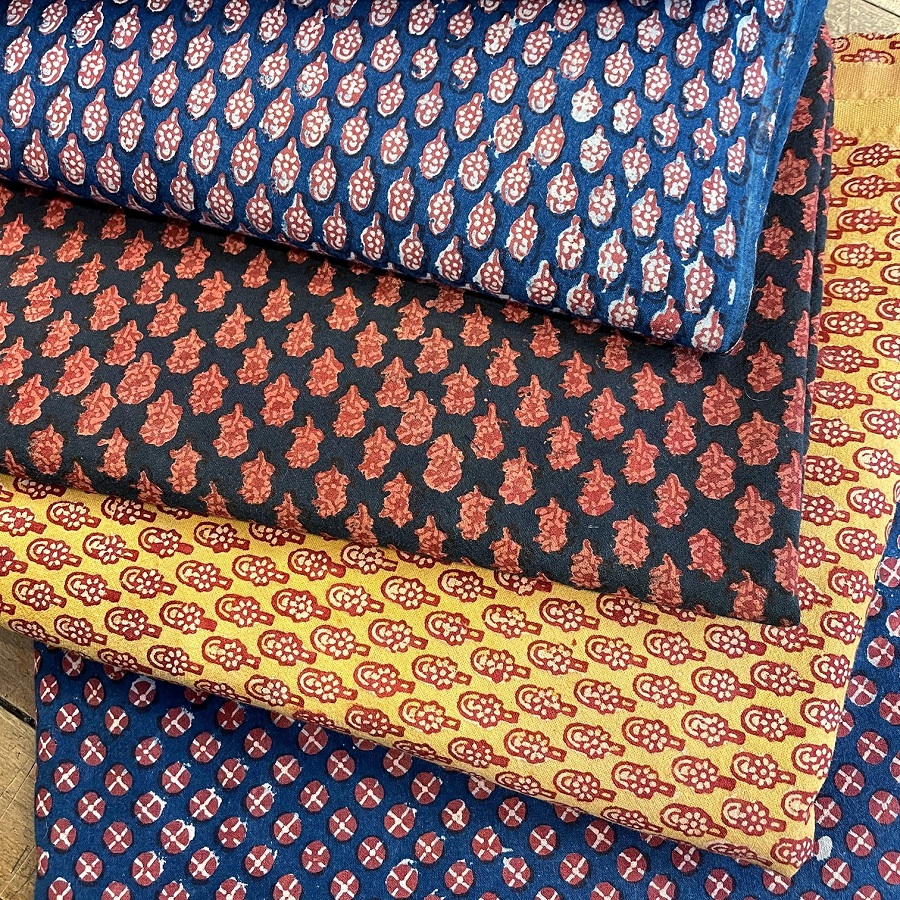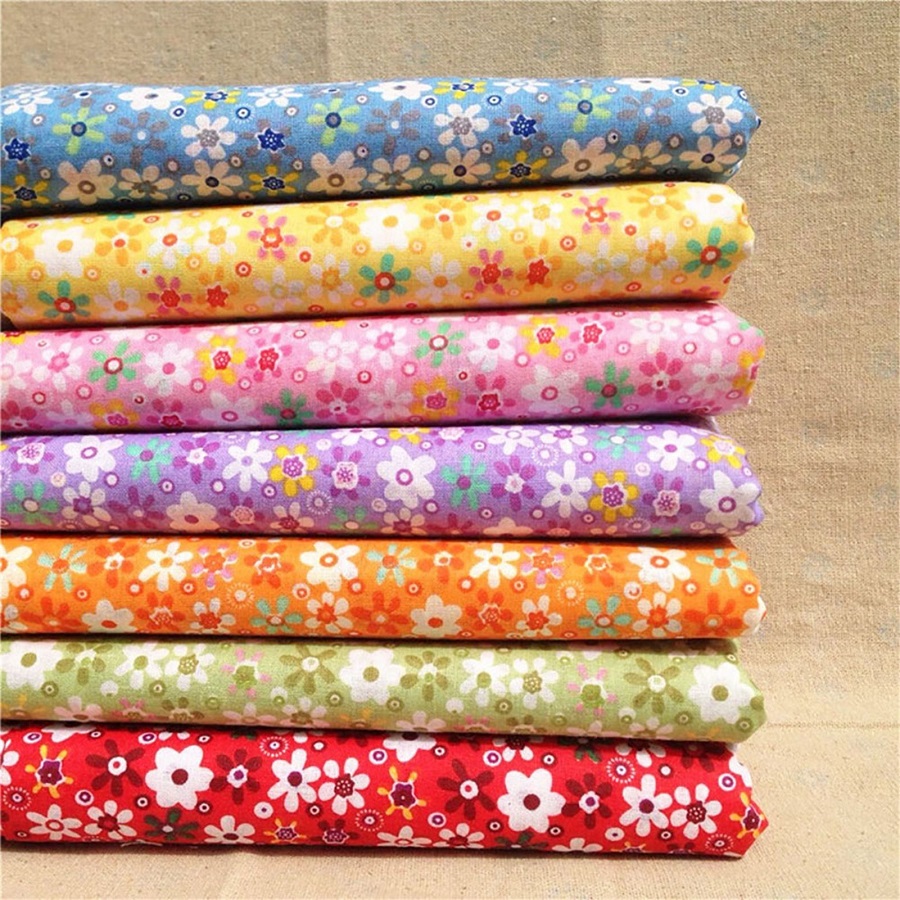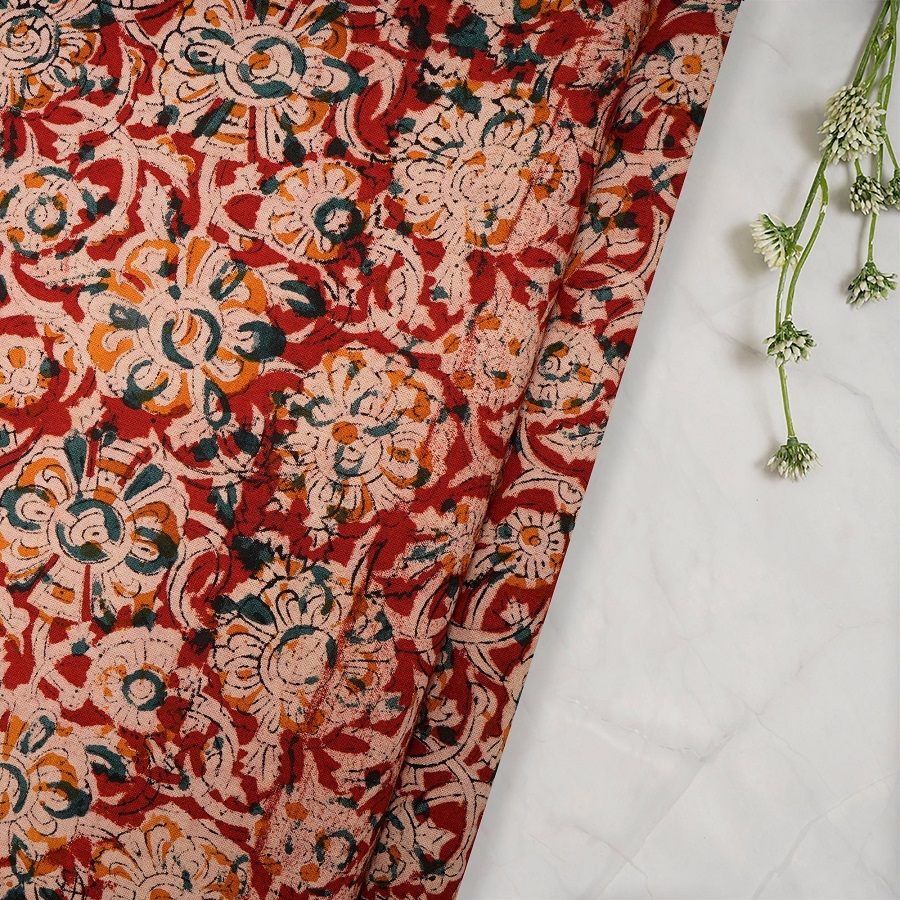Emerging Patterns and Designs
As we gaze into the 2025 horizon for printed cotton fabric, we observe a shift towards more innovative and diverse patterns. Designers are marrying traditional motifs with contemporary aesthetics to appeal to a broad audience. Geometric shapes infused with ethnic prints are standing out, while florals are getting a modern facelift with abstract interpretations. We’re also seeing an uptick in personalized and custom prints, supported by digital printing technologies. These cater to consumers seeking uniqueness in their textiles. Additionally, there’s a resurgence of nostalgic designs that evoke a sense of comfort and familiarity, yet are reimagined for the modern market. As fashion becomes more expressive and individualistic, expect patterns that tell a story or convey a personal message to gain popularity. The integration of meaningful symbols and cultural narratives into printed cotton fabric designs is making waves, connecting wearers with heritage and modernity simultaneously.

Eco-Friendly Printing Innovations
As we head into 2025, the printed cotton fabric industry is not just about aesthetics but also environmental responsibility. The drive for eco-friendly printing innovations is at an all-time high. These advancements aim to reduce the carbon footprint of fabric production and provide consumers with sustainable options. Some key sustainable printing trends include:
- Water-Based Inks: Manufacturers are increasingly using water-based inks for printing cotton fabrics. These inks are less harmful to the environment compared to solvent-based inks, as they emit fewer volatile organic compounds (VOCs).
- Digital Printing Technology: Digital printing has revolutionized fabric printing by reducing waste. It allows for precise printing, which means less dye and water are needed. Plus, it supports on-demand printing, which cuts down on overproduction.
- Biodegradable Dyes: There’s growing interest in dyes made from natural, biodegradable sources. They not only reduce the environmental impact but also offer a safer alternative for workers in the production process.
- Energy-Efficient Processes: The industry is turning to energy-saving technologies. These help manufacturers lower their energy consumption during the printing process, leading to reduced greenhouse gas emissions.
- Recycling and Upcycling: Brands are finding creative ways to reuse leftover fabrics and materials, minimizing waste. Upcycled printed cotton fabrics are becoming popular, promoting a circular economy in the textile sector.
These eco-friendly printing innovations are shaping the future of the printed cotton fabric market. They cater to the eco-conscious consumer and help manufacturers align with global sustainability goals. The combination of these efforts is poised to create a greener, more responsible printed cotton fabric industry in 2025.
Influence of Technology on Cotton Printing
Technology has dramatically transformed cotton printing in 2025. Advanced machines and software are driving this change. Thanks to these innovations, precision and efficiency in cotton printing have reached new heights.
- 3D Printing: This technology is shaping the way designers create patterns. It allows for intricate designs that were once impossible.
- AI Design Software: AI offers personalized design suggestions. This software analyzes consumer trends to propose patterns that will likely appeal to the market.
- Robotic Automation: Robots ensure consistent quality and speed up production. They are ideal for large orders that require fast turnaround.
- Smart Fabrics: Integrating technology into the fabric itself is emerging. These smart fabrics can change color or patterns based on external factors like temperature.
As technology advances, it ensures the printed cotton fabric industry remains innovative. The heart of this transformation is to create captivating textiles while boosting productivity. The industry is keen to embrace these tech advancements for a competitive edge.
Color Trends Shaping the Future
As the fashion industry looks towards 2025, color trends play a critical role in the evolution of printed cotton fabric. With advancements in eco-friendly printing technology and heightened consumer consciousness, color choices are reflecting a blend of sustainability and vibrant expression. Here are some emerging color trends expected to shape the future of printed cotton fabric:
- Earth Tones and Pastels: Expect a surge in earthy colors. Soft greens, subtle beiges, and warm browns will match the eco-friendly values of modern consumers. Pastel shades will also feature prominently, offering a soothing palette to the fashion landscape.
- Bold Biodegradable Colors: Bright and bold hues will continue to make a statement. However, they’ll be derived from environmentally friendly sources. These dynamic colors will align with sustainable fashion trends.
- Organic and Natural Dyes: A shift towards plant-based dyes will be more pronounced. Colors extracted from natural materials are gaining popularity, aligning with the trend towards organic living.
- Metallic Accents: Metallics are set to add a contemporary edge to traditional prints. Expect subtle shimmers and muted metal tones to add a touch of sophistication to printed cotton fabrics.
- Color-Changing Fabrics: Technology will introduce fabrics that change color. These smart textiles will open up new possibilities for dynamic and interactive designs in printed cotton.
- Personalized Color Patterns: Custom color combinations will be a draw for those seeking personalization. Digital printing technologies will allow consumers to select their own unique color palettes.
These color trends are not merely about aesthetics; they represent the intersection of consumer preferences, technological innovation, and sustainability. As we move towards 2025, it’s clear that the colors we wear will be as much about making a personal statement as they are about being kind to our planet.

Sustainability in Cotton Fabric Production
As we look ahead to 2025, sustainability is central to cotton fabric production. Here are key aspects of sustainable practices in the industry:
- Resource Management: Efficient use of water and energy is critical. Manufacturers adopt water-saving techniques and renewable energy sources to minimize environmental impact.
- Organic Cotton Growth: The rise in organic cotton farming is notable. This method avoids synthetic pesticides and fertilizers, protecting ecosystems and reducing pollution.
- Chemical Reduction: The industry focuses on reducing harmful chemicals. They are moving towards non-toxic substances in the dyeing and finishing processes.
- Supply Chain Transparency: Brands are becoming more open about their supply chains. They are committing to ethical sourcing and fair labor practices.
- Certifications and Standards: Certifications like GOTS (Global Organic Textile Standard) are gaining importance. They ensure the products meet high environmental and social standards.
- Consumer Education: Brands educate consumers on the benefits of sustainable products. This includes the longevity and lower environmental cost of purchasing sustainable printed cotton fabric.
- Lifecycle Analysis: Products are now assessed for their environmental impact throughout their lifecycle. This includes everything from production to disposal.
In 2025, sustainability in cotton fabric production is not a choice, but a necessity. As consumer awareness grows, producers are adapting to meet both market demands and environmental responsibilities. The future of the printed cotton fabric industry hinges on its ability to innovate sustainably, reduce its footprint, and uphold ethical practices.
The Resurgence of Artisanal and Handmade Prints
In 2025, the desire for authenticity and craftsmanship reignites interest in artisanal and handmade printed cotton fabric designs. This trend reflects a shift from mass-produced items towards more personal and unique textile experiences. Here are the main features of this resurgence:
- Craftsmanship Appreciation: Consumers increasingly value the skill and effort invested in handmade prints. They seek out one-of-a-kind patterns that stand out.
- Cultural Heritage: Handmade prints often carry cultural significance. They tell the story of a region or community, which resonates with buyers looking for meaningful purchases.
- Personalized Products: The ability to customize and personalize prints appeals to modern customers. They enjoy being part of the creative process.
- Small Scale Production: Artisanal prints lend themselves to smaller, less industrial methods of production. This aligns with eco-conscious market trends.
- Quality over Quantity: Buyers prefer high-quality, lasting fabrics. They are willing to invest more in pieces that are not only beautiful but also durable.
- Local Economies Support: Purchasing handmade prints helps sustain local artisans and their communities. It boosts local economies and keeps traditional techniques alive.
The printed cotton fabric industry, while embracing advanced technologies, is also rediscovering the warmth of human touch through these artisanal and handmade prints. As we move forward, the appreciation of craftsmanship and sustainable production will likely continue to flourish.
Market Demand and Consumer Preferences
In 2025, market demand for printed cotton fabric is shaped by consumer preferences, which are leaning towards personalization and sustainability. Here’s what is influencing these trends:
- Desire for Uniqueness: Consumers are looking for fabrics that reflect their personal style. They want unique patterns that stand out.
- Eco-conscious Choices: There’s a higher demand for environment-friendly fabrics. People are choosing products that reduce their ecological footprint.
- Quality over Fast Fashion: Buyers are turning away from disposable fashion. They look for high-quality textiles that endure.
- Technological Integration: Shoppers are fascinated by tech-enhanced fabrics. They’re intrigued by fabrics with smart features.
- Cultural Connections: There’s a growing appreciation for fabrics that embody cultural stories. Buyers want prints that have a tale to tell.
- Health-Conscious Materials: Concerns over chemicals in clothing lead consumers to seek out safer options. They prefer cotton fabric with non-toxic dyes.
These trends guide manufacturers in creating products that meet the market’s demands. Producers must stay attuned to these evolving preferences to satisfy discerning consumers and thrive in the competitive landscape of 2025.

Challenges and Opportunities for Manufacturers
As printed cotton fabric becomes more entwined with customer desires, manufacturers face numerous challenges and opportunities heading into 2025. Here are some that stand out:
- Adapting to Fast Technological Changes: Keeping up with rapid advancements in technology can be challenging. Manufacturers must continually update their equipment and train staff to remain competitive.
- Balancing Cost and Sustainability: While there is a push for more sustainable practices, these often come at a higher initial cost. Finding that balance is crucial for long-term success.
- Meeting Personalization Demands: With consumers craving unique products, manufacturers have to find ways to offer personalized options without significant delays or expense.
- Ensuring Quality: High standards for quality remain a priority. Manufacturers must maintain quality despite pressures to reduce costs and increase production speed.
- Regulatory Compliance: Staying informed and compliant with environmental regulations is essential. This can be a moving target as policies evolve.
- Supply Chain Management: A transparent and ethical supply chain is no longer optional. Manufacturers need to build and manage responsible sourcing networks.
- Consumer Engagement: Brands must connect with customers, understand their values, and communicate sustainability efforts effectively to build trust and loyalty.
- Innovative Problem Solving: As the industry shifts, thinking creatively to address new challenges becomes a valuable asset.
The landscape for printed cotton fabric producers in 2025 is complex. Yet, with every challenge comes an opportunity to innovate, excel, and carve out a niche in an evolving market. Manufacturers who recognize and embrace these changes will likely be the ones to lead the way and secure their spot in the future tapestry of textile production.
